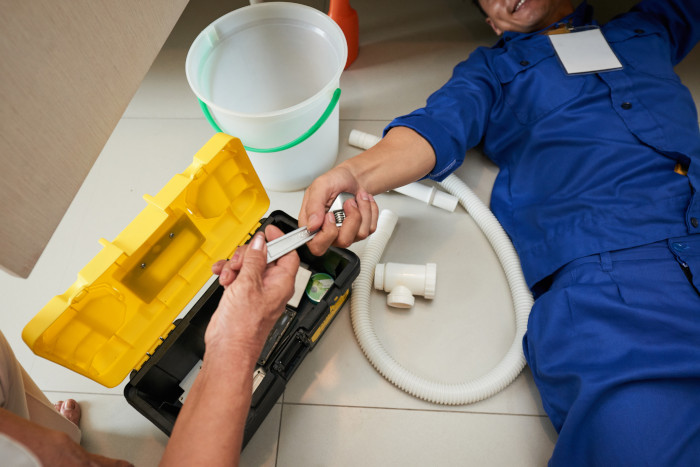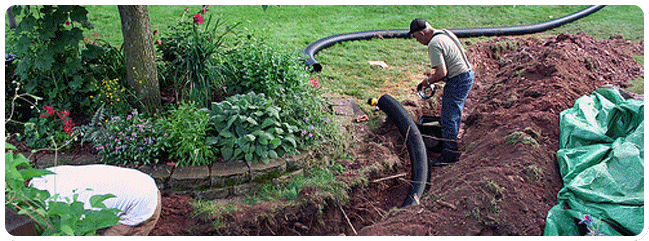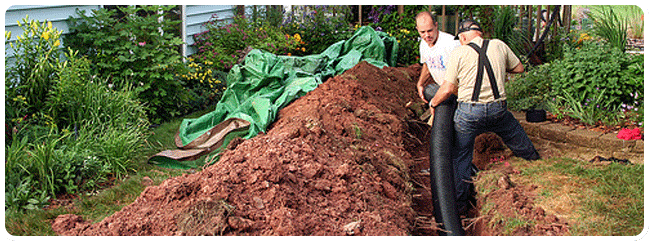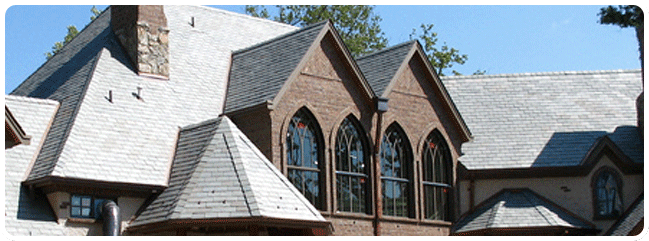Have you ever had to deal with flooding, runoff water, and drainage issues in your backyard or driveway? If so, then you may want to consider installing a dry well!

What is a dry well?
A dry well is essentially a hole in the yard that is filled with gravel or a special perforated liner that holds excess water and allows it to seep into the ground. It’s most common use is as a repository for runoff from gutter downspouts, but landscapers also install dry wells to catch gray water from the house and to remove standing water from low-lying areas in the yard. A dry well can be useful all by itself, but it is usually incorporated in a drainage network that includes a French drain, a swale or a ditch. Source: Hunker
When do you need it?
It can be difficult to decide when it’s a good time to add a dry well. But the answer is fairly simple. If you have water pooling in your yard, then a dry well is a great way to get rid of it in a natural way.
Dry wells are usually paired with drains of some kind that can relocate the water to the dry well. Then it can release into the ground from there. Dry wells are useful both in yards with soil and concrete pads. Source: Homedit
How to install?
- After removing 100 yards of material to prep and dig the hole, landscape fabric is laid on top of the hole to prevent debris, soil, and subsequent fines (pieces of soil that are so small—like silt and clay—that easily pass through larger sieves) from filling in and clogging the dry well.
- 12 inches of stone is added to the hole to act as the foundation.
- Concrete galleys, also called dry wells, are placed on top of the stone. This particular project calls for 8 galleys—per the engineers’ recommendation.
- Once the galleys are placed inside the hole, the hole is backfilled with gravel to set the dry wells. Eventually, the stone will cover the entire system—about 12 inches worth of gravel will be laid on top of the galleys.
- Clean-outs—easy access points that allow the homeowner to clean out debris that may clog the drains—are added and connected to the dry wells.
- At the foot of the driveway, a trench drain will be cut and tied into the tanks and the home’s downspout. Source: ThisOldHouse
If you have any questions as to whether a dry well is the right solution for your needs, give us a call us for more details. We’ll be more than happy to assist you!
Contact:
Kerrisdale Roofing & Drains
168 W 71st Ave, Vancouver, BC V5X 4S7
(604) 360-2114



















